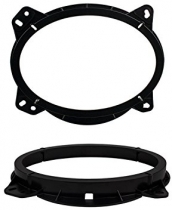-
Welcome to Tacoma World!
You are currently viewing as a guest! To get full-access, you need to register for a FREE account.
As a registered member, you’ll be able to:- Participate in all Tacoma discussion topics
- Communicate privately with other Tacoma owners from around the world
- Post your own photos in our Members Gallery
- Access all special features of the site
Crank Walk with a Manual Transmission
Discussion in '3rd Gen. Tacomas (2016-2023)' started by embedded rock, Dec 1, 2023.


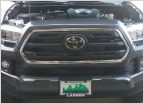 Front camera position on SR5 grill?
Front camera position on SR5 grill?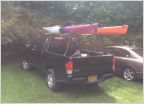 What roof rack should I buy for mounting kayaks? I don't have a bed cap.
What roof rack should I buy for mounting kayaks? I don't have a bed cap. Favorite Seat Covers - 2017 Taco??
Favorite Seat Covers - 2017 Taco??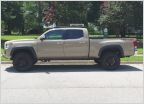 Largest size tires for a 2inch lift
Largest size tires for a 2inch lift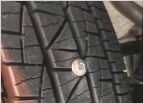 Daum...
Daum...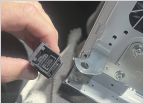 Good evening. New 2023 Owner. USB Questions
Good evening. New 2023 Owner. USB Questions


















































